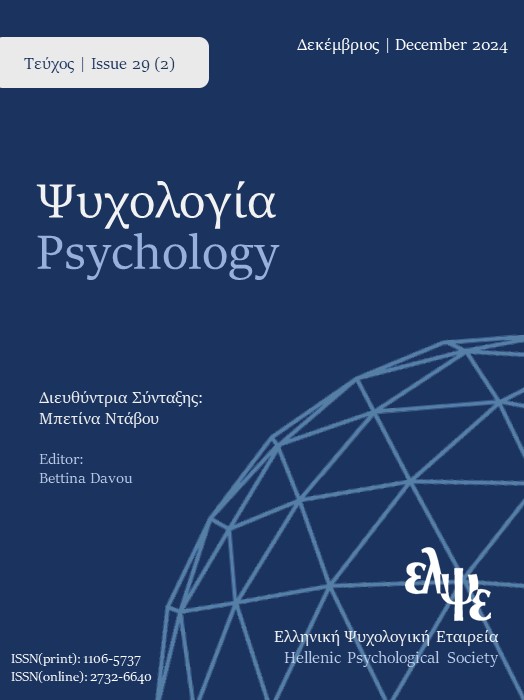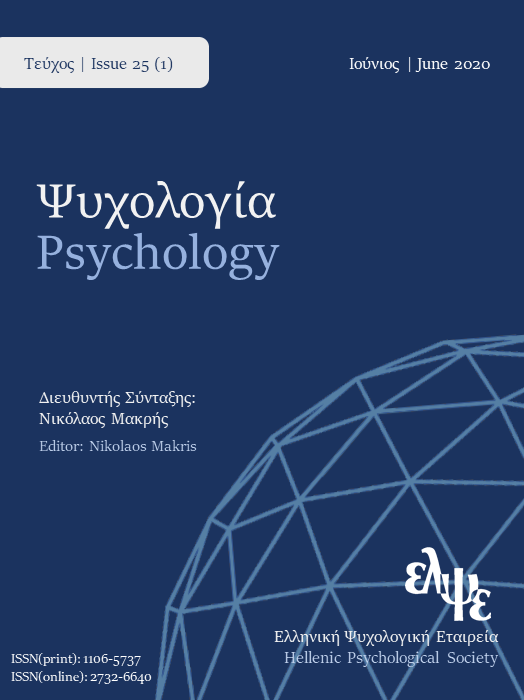Systemic therapists’ experience of the enforced transition to online therapy due to the COVID-19 pandemic: A qualitative study

Abstract
With the outbreak of the COVID-19 pandemic, psychotherapists who were used to seeing their patients in face-to-face settings adapted to providing online therapy via videoconferencing, regardless of their previous knowledge or attitudes toward remote psychotherapy. Given the sudden switch to a digital therapeutic modality, this study was designed with the aim of exploring systemic therapists’ experience of the enforced transition to online therapy due to the pandemic. Twelve certified systemic therapists (60% women, 40% men; Mage = 38.75 years old; Myears in practice = 11.58) participated in semi-structured interviews that were organized around past, present, and future dimensions of their overall experience of using online video technology professionally. Thematic analysis of the transcripts revealed five main themes depicting participants’ struggles, adjustments, and expectations from practicing remotely. Therapists reported that prior familiarity with online individual therapy was a facilitating factor in this rapid change. Difficulties included establishing therapeutic boundaries in online practice as well as relational challenges with clients and co-therapists. However, participants perceived online systemic therapy to emerge as a new systemic milieu that may provide further therapeutic possibilities, and they expressed positive expectations about its effectiveness. Based on the findings of this study, problems with maintaining therapeutic alliance and cohesion as well as new potential client’s resistances, especially in group, family, and couple online systemic therapy, warrant further research. As online technology has eventually become an alternative mode of therapy in clinical practice, the insights from systemic therapy may prove beneficial in the field of online psychotherapy.
Article Details
- How to Cite
-
Yotsidi, V., Providaki, A., & Fourtouni, M. (2024). Systemic therapists’ experience of the enforced transition to online therapy due to the COVID-19 pandemic: A qualitative study . Psychology: The Journal of the Hellenic Psychological Society, 29(2), 320–338. https://doi.org/10.12681/psy_hps.39620
- Section
- SPECIAL SECTION

This work is licensed under a Creative Commons Attribution-ShareAlike 4.0 International License.
The journal PSYCHOLOGY adopts a Platinum open-access policy. Submission, processing or publication costs are waived by the Hellenic Psychological Society. Papers published in the journal PSYCHOLOGY are licensed under a 'Creative Commons Attribution-ShareAlike 4.0 International' licence. The authors reserve the copyright of their work and grant the journal the right of its first publication. Third-party licensees are allowed to use the published paper immediately after publication as they wish, provided they retain the defined by the license copyright formalities, regarding the reference to its author(s) and its initial publication in the journal PSYCHOLOGY. Moreover, any adjusted work should be shared under the same reuse rights, so with the same CC license.




